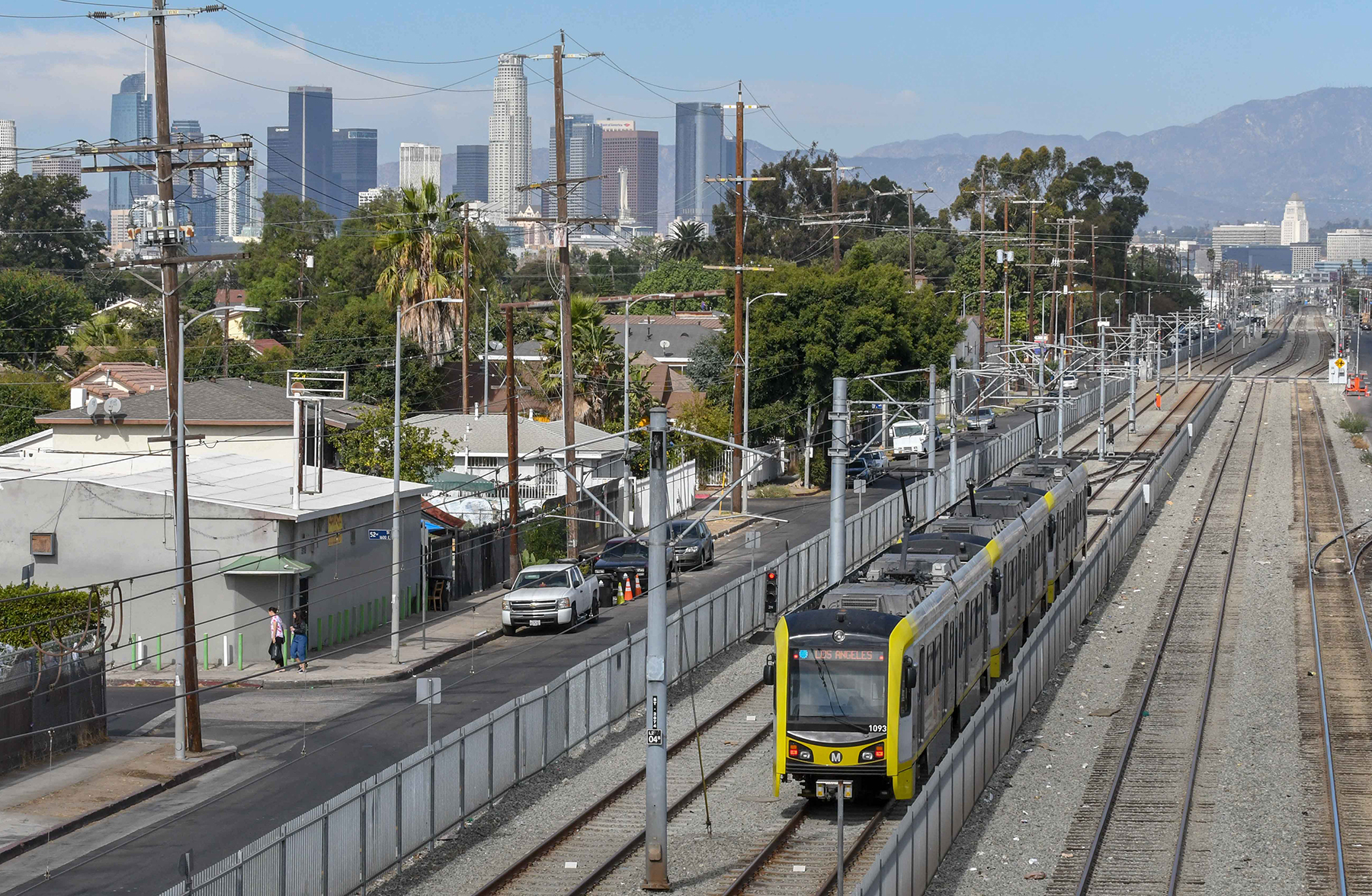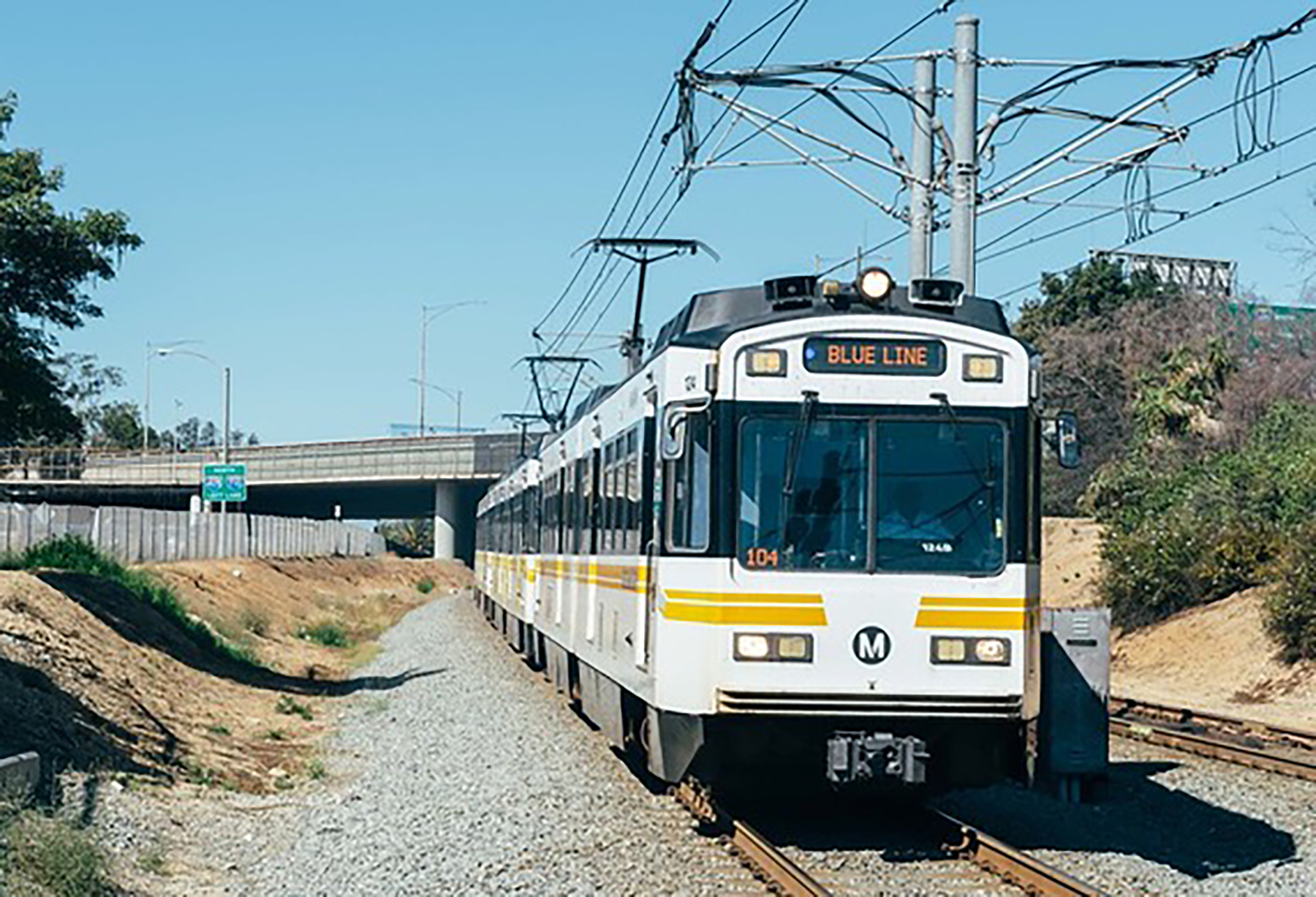
By T.R. Witcher
According to Climate Central, summers in 230 U.S. cities have warmed an average of 2.5 degrees Fahrenheit since 1970, and more than half of the locations analyzed experienced at least two more weeks’ worth of “unusually hot summer days” than in 1970.
Americans can feel the rising heat as they try to get through another scorching summer, but more and more, our infrastructure systems are also showing signs of strain.
Mikhail Chester, Ph.D., A.M.ASCE, a professor at Arizona State University’s School of Sustainable Engineering and the Built Environment, says this is not just a problem in Sun Belt cities like Phoenix or Las Vegas – many of which have newer infrastructure designed with heat in mind. Cooler cities elsewhere in the country are also warming, and engineers and policymakers are seeing “larger differences between what they’re designed for and what they’re living with, and you have infrastructure that’s more in a state of disrepair.”
Further reading:
- How engineers combat conditions within the ‘red zone’ of global warming
- Now is (finally) the time to future-proof our infrastructure
- How to make infrastructure more resilient against climate change
According to the Fifth National Climate Assessment, a report administered by the National Oceanic and Atmospheric Administration that analyzes the impacts of climate and global change in the United States, extreme heat can have all sorts of effects on infrastructure, including airport runway damage, cracking and buckling of roads, buckling of rail lines, and sagging catenary lines.
It can also wreak havoc on electricity transmission lines and distribution systems.
“You start adding all of this up, and you’re losing 5%-10% or more of the amount of electricity you thought you were going to have – all on a day when people need it to be safe from extreme heat,” said Costa Samaras, Ph.D., a professor of civil and environmental engineering at Carnegie Mellon University and the director of the university’s Wilton E. Scott Institute for Energy Innovation. “You really design infrastructure for the peaks, and extreme heat creates new peaks that the infrastructure we have was not designed for.”
Extreme heat doesn’t just affect the infrastructure itself, but the people using it and the people who build and operate it. “It’s not simply that buckling of tracks is happening,” said Chester, by way of example. “When you have hot days, operators are told to slow down and look out. That is compromising service.”
He adds there is anecdotal evidence that on certain bus systems, drivers – who are positioned by the door and endure constant blasts of heat every time new passengers board or depart – are using more sick days. Passengers are also more unruly, leading to more police calls.
Further, according to the Bureau of Labor Statistics, 436 people have died due to workplace heat exposure since 2011, and “an average of 2,700 cases involving heat illnesses lead to days lost at work.” And according to the Adrienne Arsht-Rockefeller Foundation Resilience Center, the U.S. loses $100 billion annually from “heat-induced declines in labor productivity,” a figure expected to double by 2030.
Many of the sources for this article stressed the need for agencies to ensure that policies are put in place to protect workers from extreme heat.
Crippled infrastructure can further exacerbate the vulnerability of poor Americans to hot weather. “If your air conditioning system goes out, you may be left in a really difficult condition,” said Marco Velotta, AICP, the chief sustainability officer with Las Vegas’ Department of Community Development. “For those that are low income, don’t have a car, or don’t have a way to get to anywhere easily, there might be added risk to public health, and that’s one of those things we have to pay extra special attention to.”
Comfortable being uncomfortable
Infrastructure, Samaras notes, is designed for a range of environmental conditions: heat, precipitation, wind load in some areas, and snow load in others. But the civil engineering profession needs to “ensure that the new infrastructure we’re putting in now – but also the infrastructure we have – can respond to very pronounced changes in both the intensity and duration of extreme heat events.”
Engineers need to look beyond their traditional approaches to making infrastructure more robust, Chester added, building upon “what we do already as civil engineers – harden, strengthen, armor – robustness. We have done this for centuries. We know how to do this as engineers. If the pump is not designed for 115 degrees, upsize the pumps. We have the equations, the knowledge, the training.”
But there are limits – some projects may be too expensive or too large to fully “harden” against rising temperatures. Chester advocates for hardening where you can but also designing with failure in mind; this “safe to fail” approach means infrastructure designed with contingencies in mind and that reduce the consequences when failures occur.
He gives an example in the Netherlands’ plan for a managed retreat from rivers that are prone to flooding: reimbursing farmers for lost crops rather than engineering overly expensive levees. Or micro electric grids that can be quickly brought online and plugged into critical assets when the main grid fails.
Agencies are seeking solutions that are holistic and specific. Broward County, Florida, north of Miami and with a population of 1.9 million, features a geography that includes both heavily developed land and the undeveloped Everglades.
The county is developing a countywide resilience strategy focused on flood risk from rising seas, rainfall intensification, coastal surge, and heat.
Extreme heat has become a growing issue there. Jennifer Jurado, Ph.D., Broward’s chief resilience officer, says the county has mapped temperature signatures across Broward and discovered that areas with 100% impervious surfaces are up to 13 degrees warmer than areas with 100% pervious surfaces.
Her department has heard stories of children having to wait outside in the heat when their schools get evacuated; with little tree canopy and barren fields, some kids are fainting in the heat. The county is looking into increasing tree canopy and extensive green infrastructure, introducing bioswales to combat the urban heat effect while improving water management. “It’s already hot, and these conditions will worsen,” Jurado said. “We can really work with green infrastructure to cool the county’s urban footprint.”

To the west, the Los Angeles County Metropolitan Transportation Authority has been upgrading its catenary system by deploying spring-loaded tensioners, which can better resist the sagging of catenary lines. The agency has also studied the frequency of bus breakdowns (particularly air conditioning systems) and worked on a preventive maintenance plan while repairing them as quickly as possible.
Seeking new opportunities
Cris Liban, P.E., D.Env, Dist.M.ASCE, chief sustainability officer at LA Metro, said agencies tackling this challenge should assess the criticality and vulnerability of their systems, then look for innovations. “No small state of good repair upgrade is too small,” Liban said. “People wait for the big million-dollar project. But all things add up to a big thing at some point.”
According to the Federal Emergency Management Agency, the federal government has earmarked more than $50 billion to fund climate resilience and adaptation projects through the bipartisan infrastructure law and the Inflation Reduction Act and established a National Climate Resilience Framework, which is advancing locally tailored, community-driven climate resilience strategies.
“There’s resilience funding available in these laws. It’s very important to ensure that we don’t stop here,” Samaras said. “Every future infrastructure law will also need to have resilience. Those are the requirements for being a professional engineer in the 21st century.”



